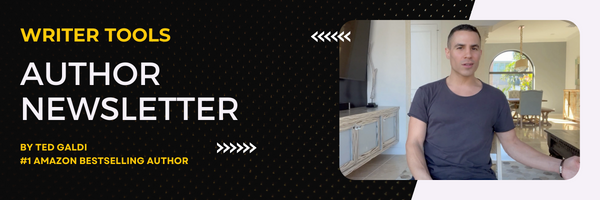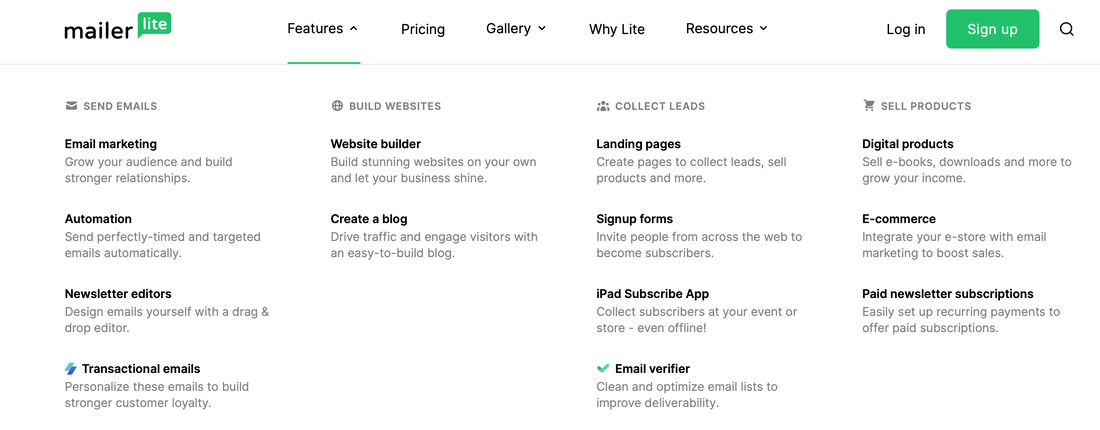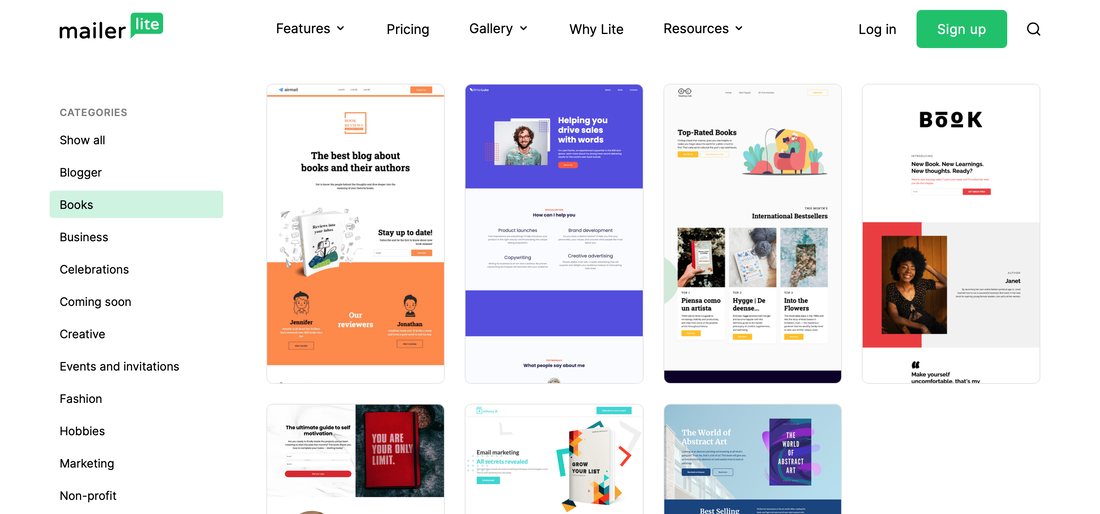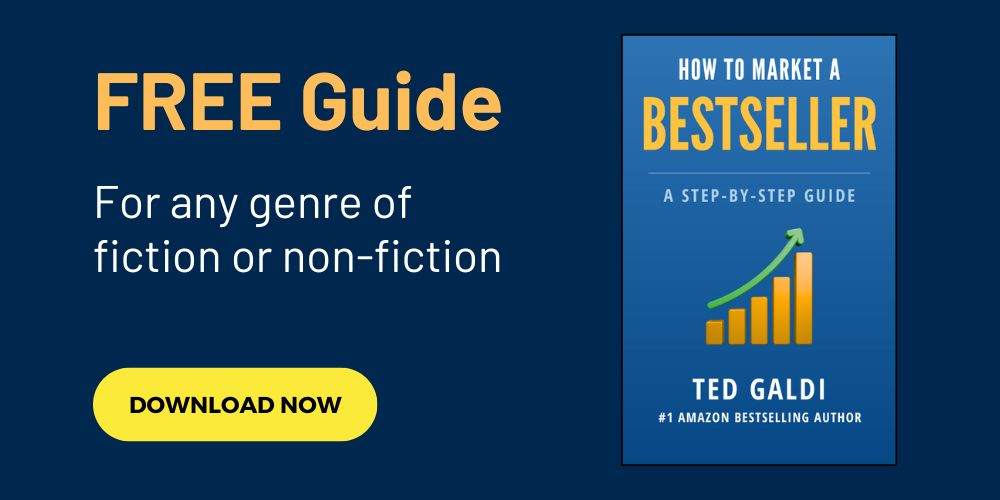5 Can't-Miss Tips for Your Author NewsletterLearn how to create an author newsletter, get a lot of subscribers, and sell more books. 1 - Consider quality and cost with your email marketing platformThe platform you choose is crucial. If you use a cut-rate system, your emails could end up in spam folders. That being said, you also don't want to overpay for email marketing. Many platforms out there will lure authors with a free trial and extremely low prices up to a certain number of subscribers. What they don't go out of their way to tell you about is the ballooning cost as your subscriber count grows. MailerLite is great on cost and quality. That's the service I use for my author newsletter. If you don't have an email list yet, start today with MailerLite. If you do have an email list on another platform, I'd suggest you look into the cost structure if your subscriber count grows to 5,000, then 10,000, then higher, and compare the figures with MailerLite's. Other leading providers charge almost double for high subscriber counts. If you market well and expand your email list, you don't want to be financially penalized. Migrate onto MailerLite to avoid harsh, recurring costs for months to come. Migrating isn't difficult. Export your contacts into Excel, then simply upload them into MailerLite once you have your account. You'll lower your costs while gaining access to all these features... 2 - Attract subscribers with a reader magnetA reader magnet is something an author gives to a reader in exchange for an email address. A good reader magnet should have these characteristics:
To offer a reader magnet, you need to create a landing page for it. On this page, you want to showcase the digital item you're giving away and let readers submit their email address to get it. Good email marketing services, like MailerLite, have easy-to-customize templates for landing pages. You can launch one in minutes, even if you don't have programming or design skills... Your email marketing platform should let you configure an automated "welcome" email as soon as someone subscribes to your list. In this message, you'd provide the new subscriber access to your magnet. You should include the name of your reader magnet in this email's subject line. In the body, add a link to get the item. If your magnet is a video, include a link to stream it (plus any necessary passwords if the video isn't public). If your magnet is a document, like an e-book, provide a link to download it. Google Drive is a simple, free solution for document downloads. You can upload your file to Drive (as an ePub, PDF, etc) and instantly get a URL you can send people to for downloading. BookFunnel is another widely used option, however, it isn't free. 3 - Create an onboarding sequenceAs mentioned, a good email marketing platform will let you send automated messages. You can trigger them in a variety of ways. An onboarding sequence is a series of emails that automatically go to a new subscriber via time triggers. For instance, two days after subscribing, the reader would receive the first email. Five days after subscribing, the reader would get your second message. Ten days after sign-up, the third. Some recommendations for your onboarding sequence:
4 - Sell books with curiosity and special dealsA broadcast email is a one-time "blast" that goes out to your entire email list (or a segment of it) at once. For a new-release book, send out broadcast emails in the weeks (and even months) leading up to the release. And be sure to send a message the day the book comes out. Email marketing isn't just for new releases, but every book you've already put out. Set up automated emails to pitch each of your existing books to your subscribers after they've been on your list for a certain number of days. Regardless of the book you're pitching, you want to avoid sending emails with just an image of its cover, a short blurb, and a link to purchase it. Leverage email to build curiosity around your books. Possibly you can explain your process for writing a book, or highlight some interesting facts about its setting, or give background information on a certain defining trait of your main character. For example, let's say your protagonist works in a circus in 1925. Let your readers know some intriguing information about a day in the life of a circus worker from this era. Focus on material you discovered in your research that most of the general public wouldn't be aware of. Once you build curiosity, you don't want to just ask for a sale. You want to offer something special. Readers on your email list tend to be your most loyal ones. You should reward them with deals when you pitch your books. Plus, if people know they're getting a deal, a purchase becomes more likely. I like to give my subscribers 2-for-1s. If they order a book of mine, I give them a short story for free. If you don't write short stories, give them something else digital in a 2-for-1. Or possibly you can simply extend them a special price they couldn't get anywhere else. 5 - Offer something in a monthly broadcastAs mentioned, you should set up a variety of automated emails. However, at least once a month, you should send a broadcast to your subscribers. You can use these broadcasts to give an update about what you've been writing. However, I also always make sure I offer my list something they can get. For a while, I've been hosting monthly book giveaways. In broadcasts, I provide a link to register for that month's giveaway. I also frequently do cross-promos with other authors, where I tell my email list about their reader magnet and the other writers do the same for me. Links to other authors' magnet landing pages are great to include in your monthly broadcasts. Put the tips into practiceGet your MailerLite account and put my five tips into practice to grow your email list and sell more books. You might also like my posts on online book marketing, creating an author website, BookTok, and marketing a book on Amazon. This post contains affiliate links.
0 Comments
Leave a Reply. |




 RSS Feed
RSS Feed